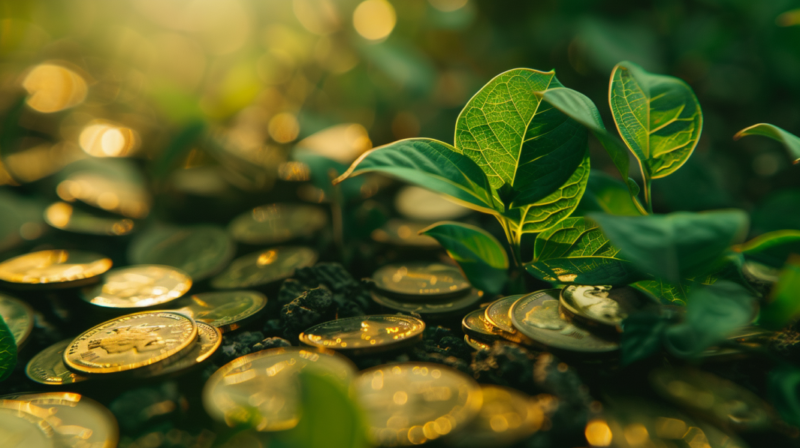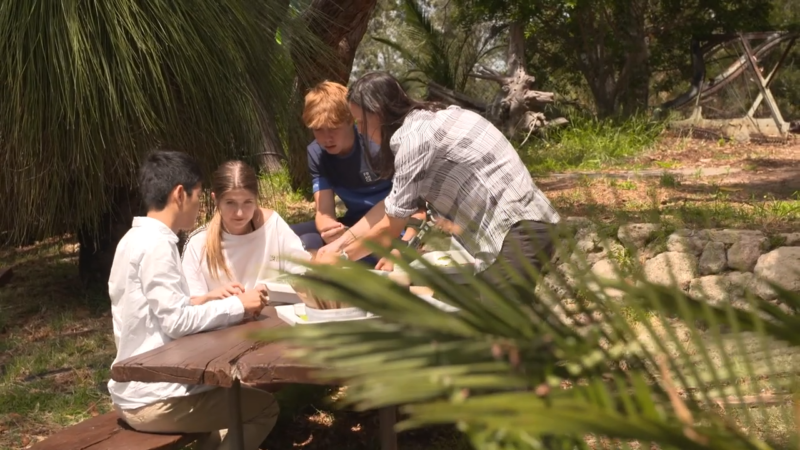Environmental challenges are currently in the spotlight, which means that governments, organizations, and individuals are all working to make their operations more sustainable. Despite this, to make a lasting impact, fund administration is required.
This is because these grants go towards fostering innovation, encouraging eco-friendly practices, and supporting projects that work towards the creation of a more sustainable future. Click here and find more information about that.
To that end, detailed below are just some of the types of sustainability grants available, including their importance, the application process, and the impact that they have.
The Importance of Sustainability Grants

Sustainability grants are financial aids for individuals, organizations, and communities to support projects that promote environmental sustainability. There are a number of reasons why these are so crucial, including the following:
Encouraging Innovation
The most groundbreaking environmental technologies and practices come from sustainability grants, as these funds provide researchers and entrepreneurs with what they need to explore new ideas without the immediate pressure of profitability.
Supporting Green Projects
With grants, it becomes that much easier to get started with projects and actually sustain them. This is especially true of those focused on renewable energy, conservation, waste reduction, and other eco-friendly practices. These initiatives may not otherwise be possible since the initial costs tend to be high.
Promoting Awareness
Sustainability grants also work to raise awareness about environmental issues and solutions, as the funding brings projects and initiatives to life. This way, the public is educated about the present issues, and this encourages community involvement.
Economic Benefits
Something that businesses will appreciate is that sustainable practices typically result in lasting economic advantages, including job creation in green industries, reduced energy costs, and improved public health. With the help of grants, communities are able to recognize these advantages.
5 Types of Sustainability Grants

Sustainability grants can come in many forms, and each of these forms caters to different aspects of environmental sustainability. Some of these types are explored in further detail below:
1. Research Grants
Research grants work to fund scientific research that strives to understand environmental issues and develop new sustainable technologies and practices to combat these issues. Universities, research institutions, and independent researchers are just some of the individuals who might receive these grants.
2. Community Grants
The purpose of community grants is to support local initiatives, meaning they promote sustainability within a specific community. Urban gardening projects, local recycling programs, and community-based renewable energy projects are just some of the examples of recipients of community grants.
3. Business Grants
Businesses might receive grants to implement sustainable practices or develop green products and services. Any scale of company is able to apply for these grants, including small businesses, startups, and established companies. They just have to have the goal of reducing their environmental footprint.
4. Education Grants
Education grants revolve around the idea of raising awareness and educating the public about sustainability. As a result, they can be used to fund programs in schools, universities, and community organizations. These programs might include workshops, sustainability courses, or public awareness campaigns.
5. Conservation Grants
Conservation grants are there to preserve natural habitats, protect endangered species, and promote biodiversity. Generally speaking, the recipients of conservation grants are conservation organizations, wildlife reserves, or environmental NGOs.
The Application Process

The application process for sustainability grants is equally competitive and detailed. In order to break it down, we’ve listed the steps that tend to be involved in the process:
Identify Funding Sources
First and foremost, you need to be on the lookout for potential grant providers, which might include government agencies, private foundations, non-profit organizations, or corporate sponsorships. There are specific areas of focus and eligibility criteria to look for when identifying this funding.
Understand the Requirements
As mentioned in the previous step, different grants have different eligibility criteria, and that means that you need to have a proper understanding of the application guidelines and requirements. This means making sure that your project aligns with the goals of the grant and that you’re eligible for this.
Prepare a Proposal

If you want to be successful in getting your hands on a grant, then you need to construct a strong grant proposal. This proposal needs to clearly outline the goals of the project, your methodology, your expected outcomes, and your required budget.
What’s more, you need to highlight the project’s sustainability impact, including how it aligns with the grant provider’s goals.
Gather Supporting Documents
The vast majority of grant applications will require additional documents. These might include letters of support, project timelines, detailed budgets, and evidence of past achievements or expertise in the field.
Submit the Application
There will be submission guidelines in place, which you’ll need to adhere to. Similarly, some grants can be applied for online, whereas others require hard copies. It’s important to pay attention to which format is required for the grant that you’re applying for.
Follow Up
Once you’ve applied, the time comes to follow up with the grant provider. This is to ensure that they received the application and to address any potential questions that might arise or additional requirements that might be needed.
The Future of Sustainability Grants

The future of sustainability grants is a promising one, as these grants are working to increase awareness and commitment to environmental issues. After all, climate change is taking hold, which means that environmental challenges continue to arise.
These grants work to reduce the recurrence of these challenges, making for a future with a healthier environment. That said, listed below are some of the trends and predictions of sustainability grants:
- Increased funding – Sustainability is likely to receive more attention when it comes to budgets.
- Focus on climate resilience – As the climate continues to change, the focus is likely to be placed on building resilience.
- Technological integration – The world is only becoming more and more technologically driven, meaning it’s very likely that technology is set to be incorporated into sustainability initiatives.
- Collaboration and partnerships – We’re likely to see a greater emphasis on collaborative projects with multiple stakeholders to amplify the impact of sustainability grants.
All in all, sustainability grants are sure to pave the way for a more environmentally friendly future.










